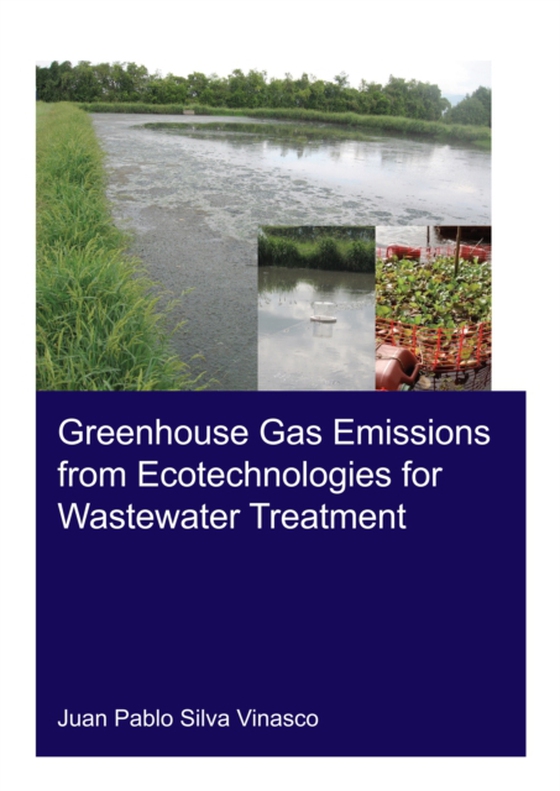
Greenhouse Gas Emissions from Ecotechnologies for Wastewater Treatment e-bog
774,44 DKK
(ekskl. moms 619,55 DKK)
Ecotechnologies for wastewater treatment (EWWT) have been used as a cost-effective alternative to conventional wastewater treatment methods for improving the removal of organic carbon, nutrients and pathogenic microorganisms from wastewater. However, due to biochemical transformations of organic matter and nutrients EWWT are net sources of CO2, CH4 and N2O greenhouse gases (GHGs), which may be ...
E-bog
774,44 DKK
Forlag
CRC Press
Udgivet
25 februar 2021
Længde
174 sider
Genrer
KNBW
Sprog
English
Format
epub
Beskyttelse
LCP
ISBN
9781000293326
Ecotechnologies for wastewater treatment (EWWT) have been used as a cost-effective alternative to conventional wastewater treatment methods for improving the removal of organic carbon, nutrients and pathogenic microorganisms from wastewater. However, due to biochemical transformations of organic matter and nutrients EWWT are net sources of CO2, CH4 and N2O greenhouse gases (GHGs), which may be transferred into the atmosphere contributing to global warming. Greenhouse Gas Emissions from Ecotechnologies for Wastewater Treatment provides scientific information about greenhouse gas, such as CO2, CH4 and N2O, generation and emissions from different municipal EWWT. The main EWWT considered in this book are anaerobic ponds, facultative ponds, duckweed-based ponds, and a freshwater natural wetland perturbed by anthropogenic activities such as wastewater discharge and nutrients from agricultural run-off. The book includes a full literature review of recent publications about GHGs emissions from EWWT. It also introduces the calculation of GHGs flux using a static chamber technique. Besides, the book presents information on the influence of environmental factors such as temperature, pH, DO, and nutrients on GHG emissions produced in EWWT under tropical conditions. This book will be a useful reference for researches and students interested in the broader area of water and climate change subjects. The publication may also be of interest to policy makers concerned with climate change, water sector planning, and wastewater treatment.
 Dansk
Dansk

